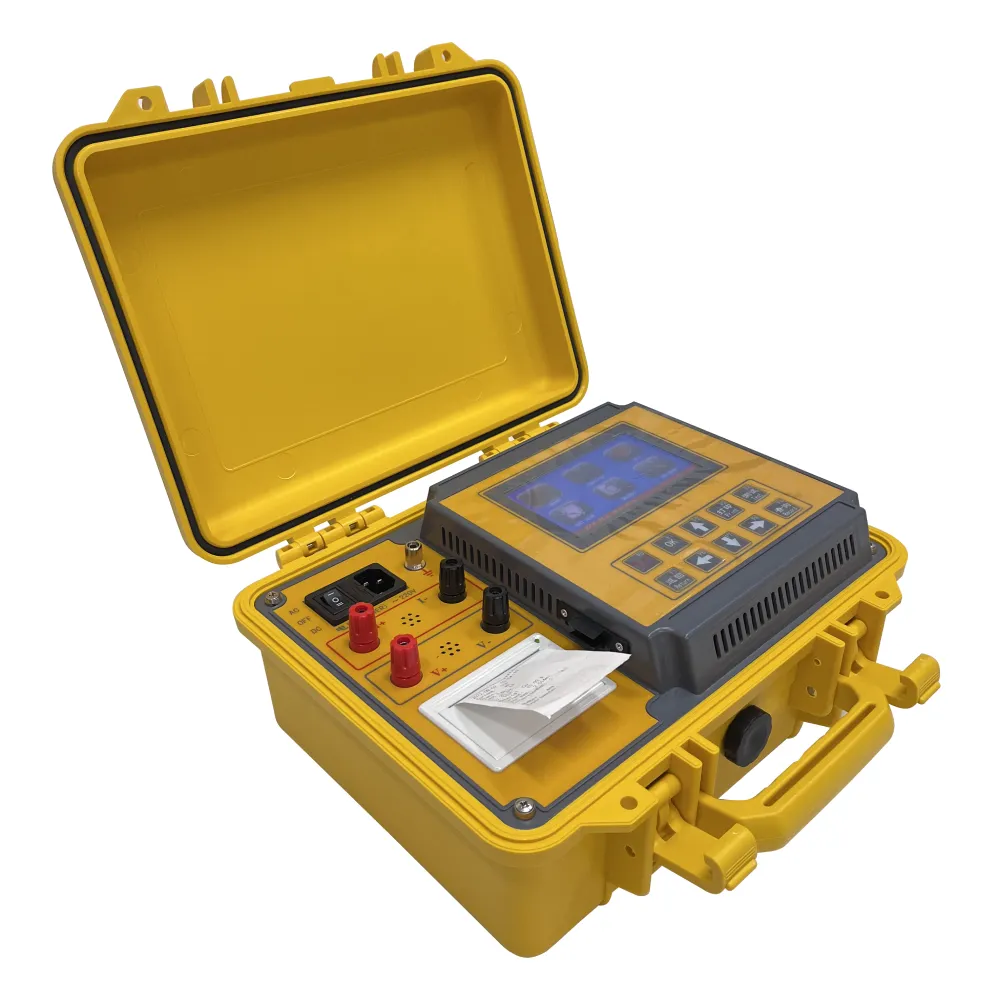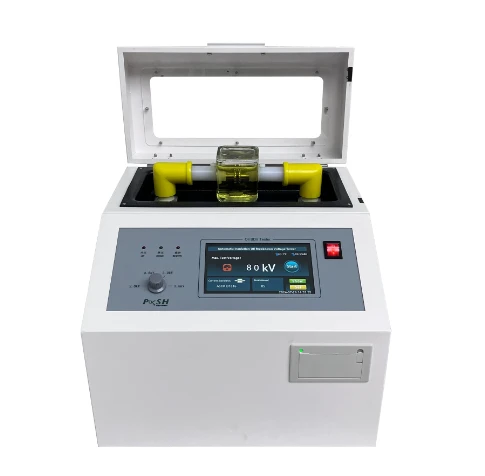TEL:
+86-0312-3189593
 English
English

Telephone:0312-3189593

Email:sales@oil-tester.com

-
 Afrikaans
Afrikaans -
 Albanian
Albanian -
 Amharic
Amharic -
 Arabic
Arabic -
 Armenian
Armenian -
 Azerbaijani
Azerbaijani -
 Basque
Basque -
 Belarusian
Belarusian -
 Bengali
Bengali -
 Bosnian
Bosnian -
 Bulgarian
Bulgarian -
 Catalan
Catalan -
 Cebuano
Cebuano -
 China
China -
 China (Taiwan)
China (Taiwan) -
 Corsican
Corsican -
 Croatian
Croatian -
 Czech
Czech -
 Danish
Danish -
 Dutch
Dutch -
 English
English -
 Esperanto
Esperanto -
 Estonian
Estonian -
 Finnish
Finnish -
 French
French -
 Frisian
Frisian -
 Galician
Galician -
 Georgian
Georgian -
 German
German -
 Greek
Greek -
 Gujarati
Gujarati -
 Haitian Creole
Haitian Creole -
 hausa
hausa -
 hawaiian
hawaiian -
 Hebrew
Hebrew -
 Hindi
Hindi -
 Miao
Miao -
 Hungarian
Hungarian -
 Icelandic
Icelandic -
 igbo
igbo -
 Indonesian
Indonesian -
 irish
irish -
 Italian
Italian -
 Japanese
Japanese -
 Javanese
Javanese -
 Kannada
Kannada -
 kazakh
kazakh -
 Khmer
Khmer -
 Rwandese
Rwandese -
 Korean
Korean -
 Kurdish
Kurdish -
 Kyrgyz
Kyrgyz -
 Lao
Lao -
 Latin
Latin -
 Latvian
Latvian -
 Lithuanian
Lithuanian -
 Luxembourgish
Luxembourgish -
 Macedonian
Macedonian -
 Malgashi
Malgashi -
 Malay
Malay -
 Malayalam
Malayalam -
 Maltese
Maltese -
 Maori
Maori -
 Marathi
Marathi -
 Mongolian
Mongolian -
 Myanmar
Myanmar -
 Nepali
Nepali -
 Norwegian
Norwegian -
 Norwegian
Norwegian -
 Occitan
Occitan -
 Pashto
Pashto -
 Persian
Persian -
 Polish
Polish -
 Portuguese
Portuguese -
 Punjabi
Punjabi -
 Romanian
Romanian -
 Russian
Russian -
 Samoan
Samoan -
 Scottish Gaelic
Scottish Gaelic -
 Serbian
Serbian -
 Sesotho
Sesotho -
 Shona
Shona -
 Sindhi
Sindhi -
 Sinhala
Sinhala -
 Slovak
Slovak -
 Slovenian
Slovenian -
 Somali
Somali -
 Spanish
Spanish -
 Sundanese
Sundanese -
 Swahili
Swahili -
 Swedish
Swedish -
 Tagalog
Tagalog -
 Tajik
Tajik -
 Tamil
Tamil -
 Tatar
Tatar -
 Telugu
Telugu -
 Thai
Thai -
 Turkish
Turkish -
 Turkmen
Turkmen -
 Ukrainian
Ukrainian -
 Urdu
Urdu -
 Uighur
Uighur -
 Uzbek
Uzbek -
 Vietnamese
Vietnamese -
 Welsh
Welsh -
 Bantu
Bantu -
 Yiddish
Yiddish -
 Yoruba
Yoruba -
 Zulu
Zulu
veebr. . 10, 2025 11:34
Back to list
on load and off load tap changing transformer
Load testing on a three-phase transformer is an essential process in electrical engineering labs, providing invaluable insights for both seasoned professionals and aspiring engineers. This practice not only tests the operational efficiency of transformers but also ensures their reliability and safety in real-world applications. The objective of this article is to delve into the specifics of conducting load tests on three-phase transformers in the laboratory environment, providing an authoritative guide that emphasizes expertise and builds trustworthiness.
Experts recommend conducting the test across a range of loads, from no-load to full-load conditions, to comprehensively evaluate performance. It’s imperative to be cautious and ready to disconnect immediately if abnormal noises or excessive heating are observed. Such phenomena can be indications of internal faults or incorrect connections that might lead to disastrous failures if left unchecked. After concluding the test, carefully analyze the gathered data against expected performance benchmarks. This comparison will identify deviations that could point to inefficiencies or upcoming maintenance needs. Skilled professionals also use this information to perform predictive maintenance, extending the transformer's service life and ensuring uninterrupted performance. Maintaining stringent data integrity by double-checking all readings and calculations is a mark of expertise, establishing authority and trustworthiness in reporting test outcomes. Sharing results and learning with the broader engineering community encourages peer validation and fosters an environment of collective knowledge advancement. In sum, load testing of three-phase transformers in a lab setting is not just about performance verification but also about reinforcing safety, reliability, and operational efficiency. By employing meticulous testing methodologies, adhering strictly to safety protocols, and leveraging accumulated data insights, engineers can significantly enhance the performance and longevity of transformers, thus upholding the highest standards of electrical engineering excellence. Such proficiency underscores the transformative power of expertise and trust in the ever-evolving landscape of electrical technologies.


Experts recommend conducting the test across a range of loads, from no-load to full-load conditions, to comprehensively evaluate performance. It’s imperative to be cautious and ready to disconnect immediately if abnormal noises or excessive heating are observed. Such phenomena can be indications of internal faults or incorrect connections that might lead to disastrous failures if left unchecked. After concluding the test, carefully analyze the gathered data against expected performance benchmarks. This comparison will identify deviations that could point to inefficiencies or upcoming maintenance needs. Skilled professionals also use this information to perform predictive maintenance, extending the transformer's service life and ensuring uninterrupted performance. Maintaining stringent data integrity by double-checking all readings and calculations is a mark of expertise, establishing authority and trustworthiness in reporting test outcomes. Sharing results and learning with the broader engineering community encourages peer validation and fosters an environment of collective knowledge advancement. In sum, load testing of three-phase transformers in a lab setting is not just about performance verification but also about reinforcing safety, reliability, and operational efficiency. By employing meticulous testing methodologies, adhering strictly to safety protocols, and leveraging accumulated data insights, engineers can significantly enhance the performance and longevity of transformers, thus upholding the highest standards of electrical engineering excellence. Such proficiency underscores the transformative power of expertise and trust in the ever-evolving landscape of electrical technologies.
Latest news
-
Testing Equipment Industry Sees Major Advancements in 2025: Smart & Precision Technologies Lead the WayNewsJun.06,2025
-
Applications of Direct Current Generators in Renewable Energy SystemsNewsJun.05,2025
-
Hipot Tester Calibration and Accuracy GuidelinesNewsJun.05,2025
-
Digital Circuit Breaker Analyzer Features and BenefitsNewsJun.05,2025
-
Benefits of Real-Time Power Quality Monitoring Devices for Industrial EfficiencyNewsJun.05,2025
-
Earth Fault Loop Testing in High-Rise Building Electrical SystemsNewsJun.05,2025



